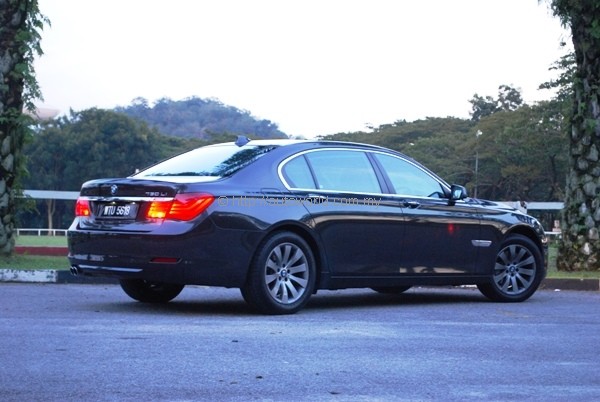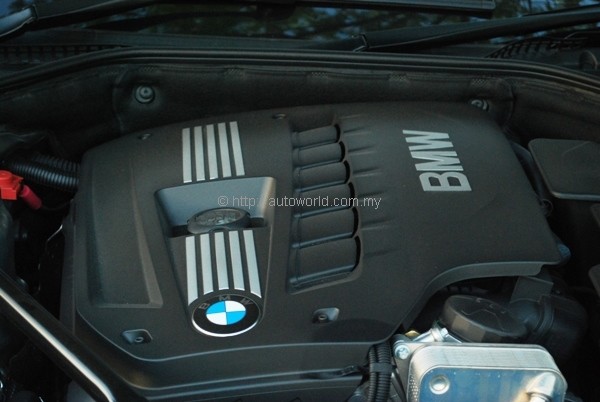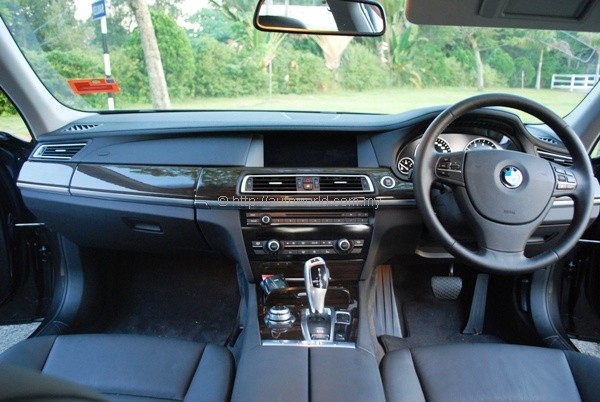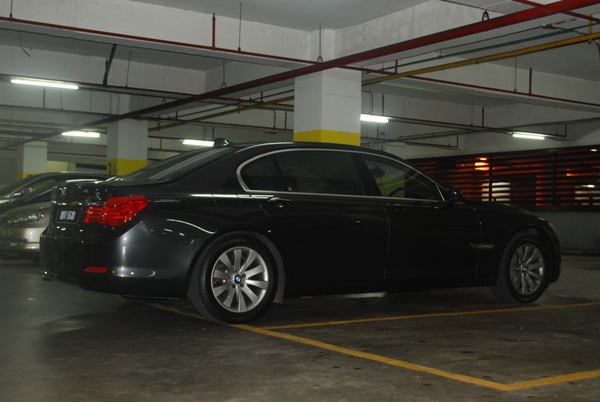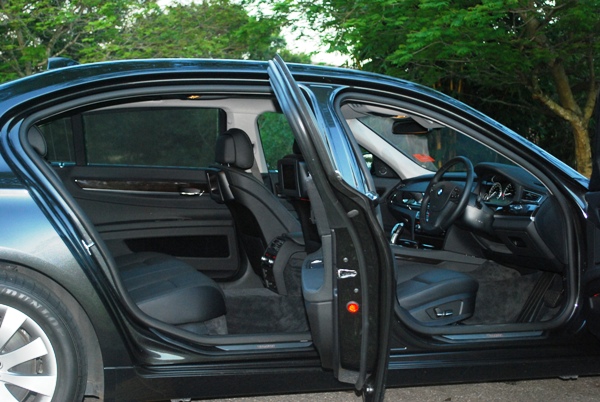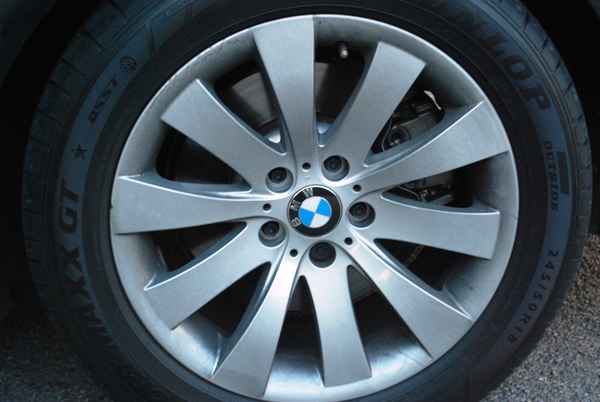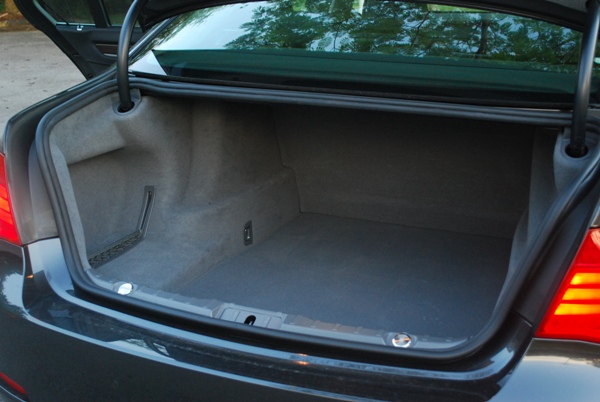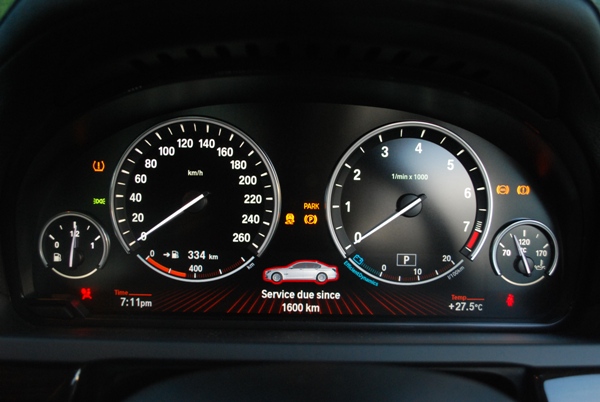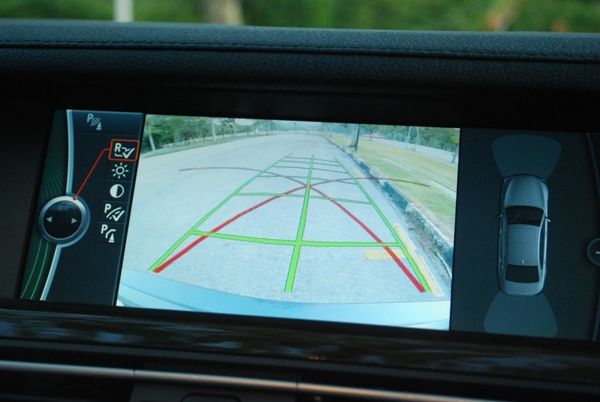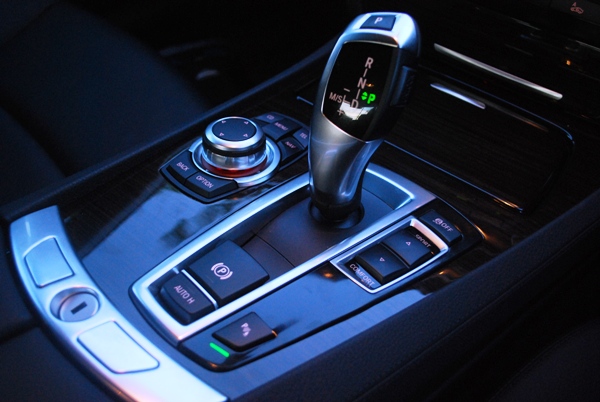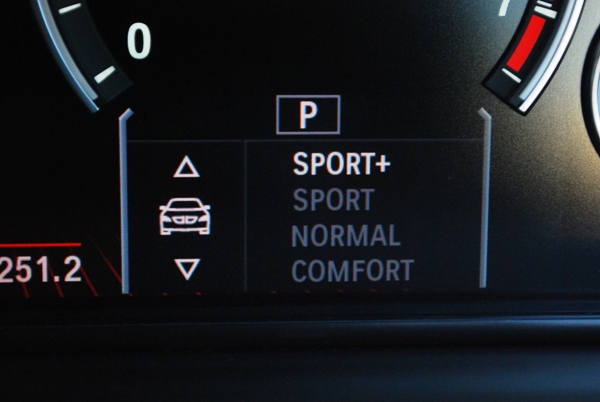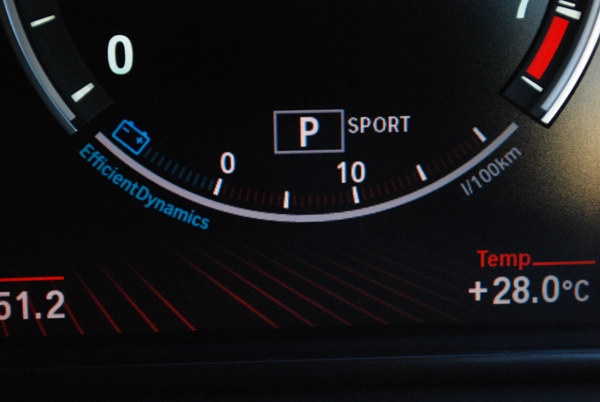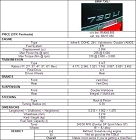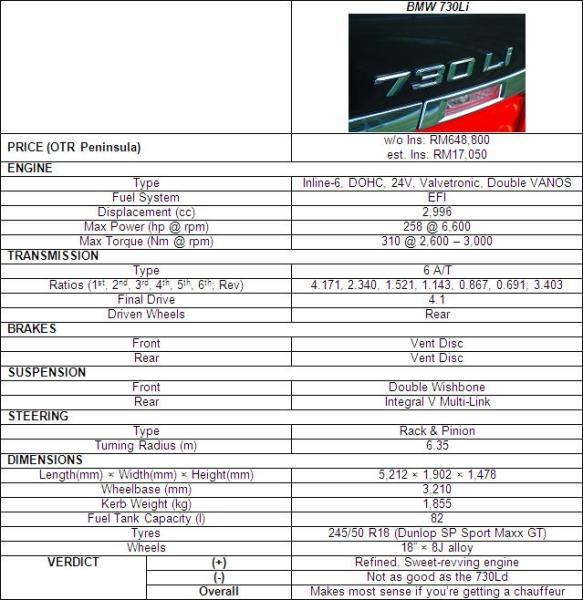BMW 730Li: For the chauffeur
Although BMW Malaysia launched F02 long wheelbase 7 Series in our market with only two variants, they have since added more members to the line-up, giving potential buyers a wider range of choices to spec their BMW flagship. Late last year came the diesel-powered 730Ld, which was hugely impressive. Earlier this year, the range was further expanded at both ends, with the addition of the 760Li at one end of the spectrum, and the 730Li at the other.
For all intents and purposes the 730Li is specced almost identically to the 730Ld, both manufactured in Thailand. Notable changes from the diesel version include omission of the front fender-mounted ‘fish-eye’ cameras, Integral Active Steering and also the use of a remote control in place of the armrest integrated panel for the rear passenger iDrive interface.
The main difference, of course, lies in the engine bay, where the 2,996cc N52B30 six-pot motor resides. Despite being named as Ward’s 10 Best Engines of the Year for 2006 and 2007, some critics still dismiss this engine as old and obsolete. Perhaps it is because in the European market, BMW has replaced the N52 with the direct-injected N53. However, because the newer engine cannot yet be tuned for use with high-sulphur fuel, models in many markets soldier on with the N52.
For its application in the 730Li, BMW has tuned the naturally aspirated 3.0-litre straight-six to produce 258hp @ 6,600rpm. Maximum torque of 310Nm is delivered in a small window lying between 2,600rpm and 3,000rpm. Folks who feel BMW has short-changed our market should note that this engine is delivered in the same state of tune for the Australian market in the F10 528i, a model which we hear might reach Malaysian shores as well.
As a comparison, the direct-injected N53 engine in a comparable state of tune is rated with the same horsepower and torque outputs, but with the crucial difference being its 310Nm is spread over a wider range from 2,600rpm to 5,000rpm.
Against the 730Ld, the 730Li does not make for a flattering comparison either, even though the oil-burning variant asks for RM50,000 more and offer similar specification levels. Although the diesel model puts out 13 fewer horses than the petrol version, the former thumps the latter with a sickening 230Nm torque advantage. To serve as an illustration, the Mazda6 2.5 makes do with 228Nm.
However, do not let that deficit allow you to think that the 730Li is a lumbering giant by any means. It isn’t. While the 730Ld shunts everything down its prop-shaft in one brutal punch, the 730Li gradually allows its 258 ponies to gallop their way to the rear wheels. As a result, it is very easy for anyone to underestimate what the 730Li can deliver, and without realizing it, your speedo has inched way past the double ton mark.
Certainly, in terms of driving excitement, the 730Li does not compare with the 730Ld, but considering how these cars tend to be piloted by chauffeurs more often than the owners themselves, this may not be such a bad thing. With the Dynamic Driving Control set to ‘Comfort’ mode, the 730Li makes for an excellent machine to be chauffeured in, thanks to its gentle and dignified throttle response.
At least one benefit of having a petrol engine up front rather than the diesel is that there is less weight resting on the front wheels. This gave the 730Li distinctly better steering response and feedback than what I remembered of the 730Ld, which was already an impressive handler.
Those of you who read my review of the 730Ld in January might probably recall my statement that with the exception of BMW HQ’s own parking lot, I ‘negotiated several multi-storey car parks without much issue’. Well, I retract that. The 730Li gave me plenty of problems in every multi-storey parking lot I bothered to go into, so much so that I was given permission to work away from office during my entire duration with this test car.
Perhaps the removal of Integral Active Steering had something to do with it, but I can’t be sure as I have also realized that all the parking lots I bothered to try parking the 730Ld in were much newer and catered to bigger cars, while with 730Li, my schedule had taken me to slightly older buildings with tighter parking lots. It is times like these that make you thankful of parking sensors and rear cameras. It is also in times like these that chauffeurs and jockey parking make absolute sense.
Although it was quite a bane negotiating tight parking lots with the 730Li, taking it on a stroll up Genting Highlands via the old KL-Bentong road provided a lot more joy. With the Dynamic Driving Control set to ‘Sport’ mode, the 730Li proved very agile (size considered) around the various corners and sweepers thrown at us, and because there isn’t a surge of diesel torque waiting to overwhelm you, average drivers can tackle bends much more smoothly and fluidly.
Compared to the 730Ld, the 730Li comes across as the more restrained and composed car, though not as exciting to drive. It is also not as economical; the 730Li’s trip computer says we did 15.5 litres/100km over the 500km we covered in the car, in contrast to the 10.5 and 11.3 litres/100km that me and YS managed in separate stints with the 730Ld. In fairness however, the 730Li, precisely because of its less brutal nature, is the more suitable car to be chauffeured in.
 |





